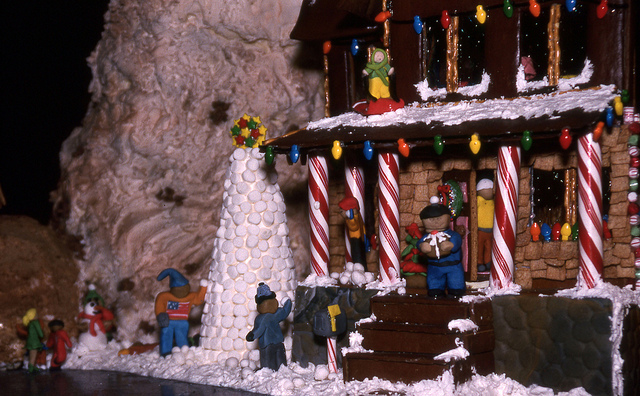Dumping 2nd Mortgage Through Bankruptcy Is No Cake Walk
For anyone considering getting rid of their second mortgage in the manner described in yesterday’s post, bear in mind that it is by no means a painless process. One of our readers is a staff attorney for a Chapter 13 bankruptcy trustee, and he writes in with more details about what this process entails.
First off, the bankruptcy must be a Chapter 13 bankruptcy. “Additionally the second mortgage has to be wholly unsecured,” writes our reader. “Meaning that if there is a penny of equity over what is owed on the first mortgage it can’t be done.”
Once that is taken care of and the debtor filed for bankruptcy, our reader writes, “they then must file an adversary proceeding (basically a mini-lawsuit) against the creditor to prove that the debt is wholly unsecured and then at that point the judge can strip the secured status of the debt. Then, and only then, the debt will go away after the debtor has completed their 3-5 year payment plan which (theoretically at least) requires them to pay every spare dime they make to the Trustee to then distribute to their creditors.”
In other words, the plan requires you to live on exactly what the court determines you are allowed to live on, and every cent after that has to go to the trustee. So while it’s completely and possible to get rid of a second mortgage in this way, it’s nothing you can just waltz right through. But if the alternative is not being able to pay either of your mortgages and get out from crushing debt, you can choose this rock over that hard place.
PREVIOUSLY
Homeowners Exploiting Bankruptcy Loophole To Dump 2nd Mortgages
Want more consumer news? Visit our parent organization, Consumer Reports, for the latest on scams, recalls, and other consumer issues.


